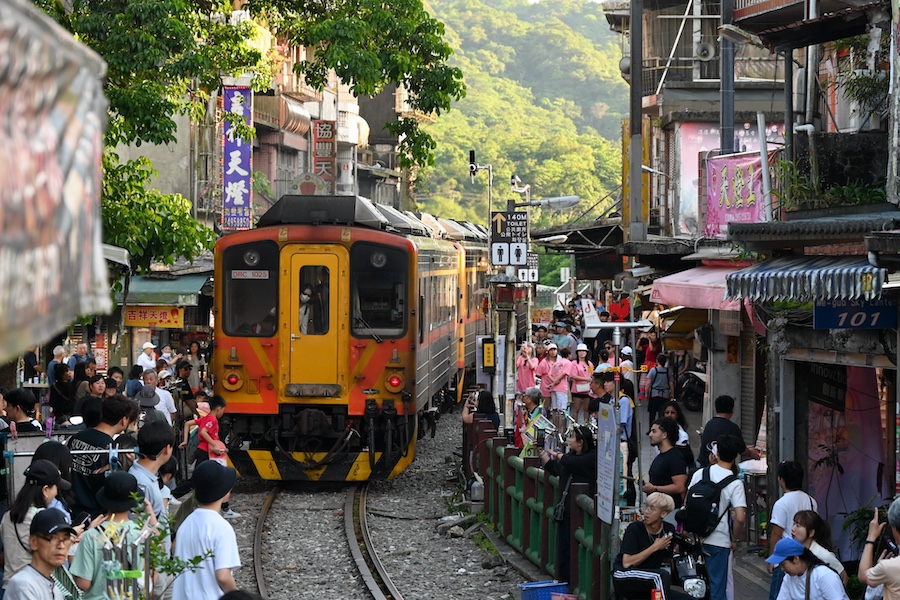
Taiwan Railways suspends Pingxi Line until January 30, 2026; bus replacement between Ruifang–Jingtong
JR East is advancing a redevelopment project named “OIMACHI TRACKS” around Oimachi Station, aiming for its opening in March 2026. The project will focus on the Hiromachi district on the northwest side of the station, previously occupied by the company’s housing, to construct two mixed-use buildings featuring hotels, a cinema complex, and rental housing. This will be complemented by an outlet mall-style commercial space and a plaza of approximately 4,600 square meters that will serve as a wide-area evacuation site. In collaboration with Shinagawa Ward, a new ward office building is also to be constructed next to the plaza. Due to this development plan, rail switching work at Oimachi Station, which required suspension of the Keihin-Tohoku Line’s part of service, was carried out on November 17.
The purpose of the construction is to accommodate the expected increase in the number of station users by widening the platforms and passages at Oimachi Station. A new ticket gate that connects directly to the redevelopment area will be installed on the Tokyo side of the station, necessitating the relocation of stairs that connect the platform and the concourse. In preparation for this, platform doors from car 8 to car 10 on the 1st line side were temporarily removed at the end of August.
The construction began after the last train on the 16th. Work started by moving the overhead lines and removing ground facilities, and then relocating the northbound (towards Omiya) track by up to 80 cm westward over 249.9 meters in the direction of Tokyo. After railway track maintenance such as ballast laying, the 1st line side platform will be widened by up to 70 cm over 53.1 meters. The final steps include adjusting overhead line poles and platform surveillance ITV cameras, and re-installing the ground cables. Due to the construction, the Keihin-Tohoku Line was suspended between Shinagawa and Kamata stations from the first train until around 4:30 PM on the 17th. The construction involved about 600 workers and 10 heavy machines, including backhoes and four-head tampers.
By around 10 AM on the 17th when the construction was made public, the track maintenance had been completed, and platform widening was beginning, with workers removing panels from the platform surface and dismantling structural parts. The work was scheduled to be completed after 4 PM, followed by a test run before resuming train operations. Subsequent phases will include reinstallation of platform doors, expansion of passageways, and relocation of stairs. According to Yasuharu Nakamoto, manager of the JR East Construction Division, “The redevelopment will make it possible to secure sufficient space to accommodate the increased flow of people.”
At the pedestrian bridge in front of Oimachi Station’s east exit, which crosses over the Keihin-Tohoku Line tracks, many people could be seen stopping to watch the construction work and taking photos, indicating a high level of interest. Behind them, construction of the core large-scale mixed-use buildings of OIMACHI TRACKS is progressing. Oimachi, known for its post-war black market origins and nostalgic dining streets, is currently undergoing a significant transformation.